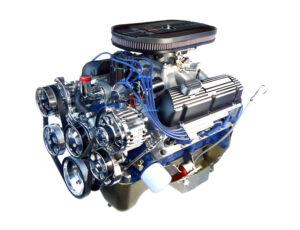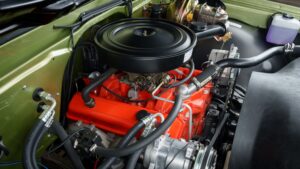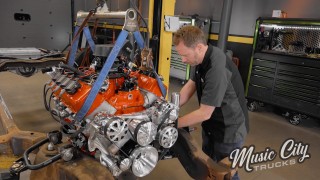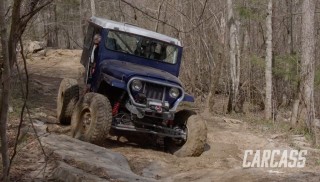Did the Mid-Engine Corvette Kill the Acura NSX?

When the Acura NSX hit the streets in 1990, it was a game-changer that altered the performance car landscape for years to come. The original NSX was the closest thing you could find to a Ferrari or Lamborghini, offering unparalleled supercar styling and lightweight engineering to match. The reasonably priced vehicle also bore the Acura name, which undoubtedly earned a reliability label. It was an exceptional product that wasn’t out-of-reach for the ordinary supercar lover.
Does any of this sound familiar? It should. The latest iteration of the Chevrolet Corvette offers something similar. Supercar performance and styling the ordinary person could attain if they save enough for a couple of years. Acura stepped away from the model that made the NSX so unique, a reasonably priced supercar. Chevrolet seemingly adopted those principles and did it better with their step into the future by offering a Stingray with a starting price of around $60,000.
The newest NSX didn’t have nearly the same effect on sports cars as its predecessor, despite it still being a fun car to drive and look at. It’s still bound to turn heads on the road and psych up little kids with its aggressive styling, but we’ve reached the end of another era. Unfortunately, the Acura NSX will be retired by 2022, and we feel it has something to do with the newest Corvette.
While the NSX has a long and fruitful history, the Corvette’s is even longer. It begs the question – why buy an NSX, which has a wallet-draining six-figure price tag, when you can get superior performance, for a fraction of the price? The only reason we can think of is the rare factor since Chevrolet will produce significant volumes of the car. On the other hand, Acura will only build 350 Type S models globally in 2022. Of which, only 300 will be released in the United States. Since 2016, only 2,500 units have been sold globally.

For some, money talks, and a car that offers the level of performance that a Corvette does, for a fraction of the cost, is bound to get people’s attention. While the cars both offer a mid-engine layout, they’re not the same. When it comes to dimensions, the C8 is about six inches longer than the NSX and rides on a wheelbase that’s about four inches longer. The Corvette is also much lighter at 3,366 pounds, compared to the 3,900 weight of the NSX.
The Corvette also makes its power differently than the NSX with a naturally-aspirated V8, producing 495 horsepower and 470-pound-feet of torque, while the NSX produces 573 horsepower through a 3.5L twin-turbocharged V6 and hybrid system. Although it has a 78 horsepower advantage, having less weight gives the Corvette an edge.
Neither car is available with a manual transmission, to the dismay of traditionalists. With that, you’ll have to pick your poison. The Corvette’s eight-speed dual-clutch automatic transmission is no slouch, though, and provides thrills and gear shifting a human simply can’t match. The NSX also uses a dual-clutch automatic with nine forward gears. Even though it’s technically faster and produces noticeable differences in a straight line, it doesn’t compare to the feeling of ripping through gears.
If you’re looking for rare, the NSX is for you, but if you’re looking for pure brute force that won’t cost you an arm and a leg? It’s the Corvette. We assume that the everyday car person cares less about rare and what their car will cost in ten years and more about driving it now. Would you rather stare at it in a garage, or would you rather drive it now and buy a new one in a few years because you didn’t spend your life savings waiting for the value to appreciate?
Simply put, the NSX can’t match the Corvette, which is one reason why it could be put to rest, again, possibly for the last time. It’s hard to dispute what the NSX has meant to the scene. It’s an exotic tasteful vehicle, but the engineers at Chevrolet did it right this time. Not only did they steal a page out of the NSX book; they did it better.










